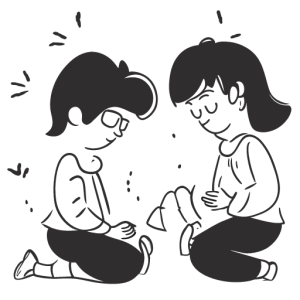Heart-breaking, searing emotions are at the core of what it means to have experienced trauma. This has nothing to do with our mental processes. The core issue here is that our body has become immobilised in a pattern of unbearable feelings.
That’s not really how most people discuss trauma these days. They claim it has to do with digesting a painful memory. It’s about how painful emotions and states like being stuck, may immobilize our bodies. Trauma is characterised by distressing somatic experiences.
The real problem is not what occurred to us so much as the fact that our physical body is unable to get past the grief and pain it experienced. The immune system and trauma are closely connected and it was found that people’s immune systems essentially overreacted and turned against themselves after experiencing traumatic events.
One of the best ways to work with trauma is movement in a trauma sensitive setting. Movement gives us the agency to be in a particular position for some time and at then shift from that posture according to our will.
Additionally, we are able to get a perspective on the passage of time, which is crucial in assisting with the recovery from trauma. That’s just the way you have to go through life: accepting that today might be challenging but looking forward can create better tomorrows. To put it another way, it’s our awareness of passing time that gifts us such insight.
Finally, trauma sensitive movement may help people learn to control their emotions and have a positive, non-threatening relationship with their bodies. When this happens, people are able to experience emotions and connect with them. For true healing to occur, reclaiming our body is essential. Feelings have to do with the body sensations. A delighted heart invokes a happy sensation. We experience the pain of a broken heart through a different sensation. Emotions, then, are rooted in the body. Trauma sensitive movement can help us to regain our agency in understanding and regulating our emotions in a safe space.







